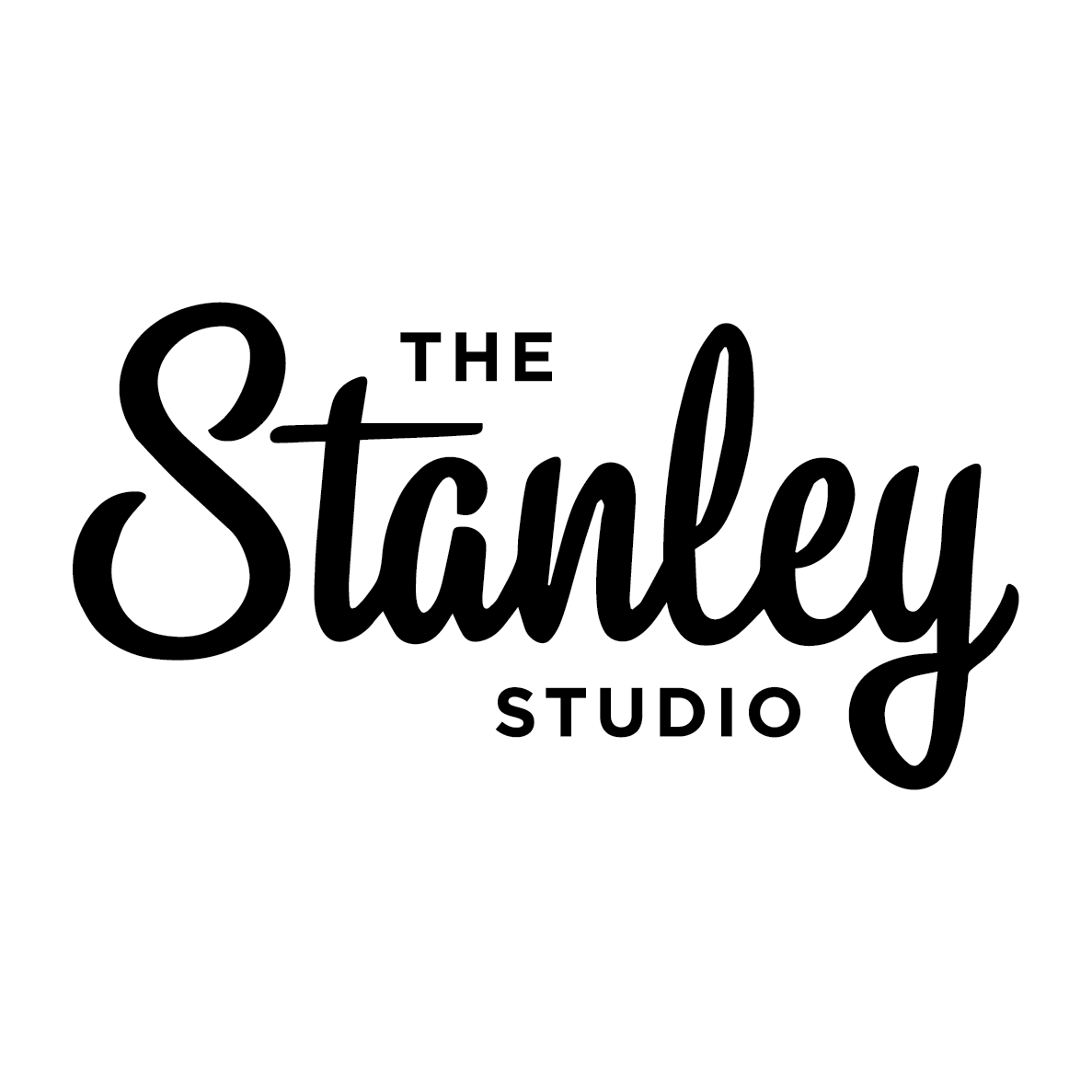Alice.
Alice Springs, Northern Territory.
We cross the border between South Australia and the Northern Territory three times.
The first time, we all but miss it. Kent does a swift u-turn in the road and drives back, did another u-turn, and pulled in to the rest area that straddles the no man’s land between the two states… or to be correct, between the state of South Australia and the Northern Territory.
A group of kids are milling around the border sign, larking around and swatting away flies. There are seven girls, and one boy in a bright yellow puffer jacket and shades. It’s over 30 degrees. The take turns to pose for photographs on the hot brown stone that announces the border, as if it was the half-way mark of the Way.
Only it’s not really half way at all. The border is a good 250km south of Alice Springs, which is the real half-way mark on the Stuart Highway. But the crossing of the border is an event. People pose by the sign. We take photographs of people posing by the sign. Then, we take photographs of the sign. The sign is important. The sign is a marker.
“It’s the end of the beginning, and the beginning of the end,” I say half-seriously.
We watch as, shoot done, the kids cram back into a rented station-wagon, and head south. A woman approaches us with a bag of fruit and vegetables.
“Are you headin’ north or south?” she asks, displaying the bag. “I got some stuff here we can’t take with us.” I say we’re going north too, and she looks slightly crest-fallen. You can’t take various foods across the border. I have a feeling the magpies do well at this particular rest-stop.
Things change north of the border. The roadsides turn from yellow to red as you edge your way into the Red Centre and towards Alice. I once went to a seminar about the use of semiotics in advertising, and the speaker used the example of some old Australian lager ads as a case study. How the red earth and blue sky said Australia; that people need only see the red earth and blue sky and would know it was Australia (as appropriated by the beer!). The red earth is a dark, dusky ochre. Hot to the touch, soft as flour.
My mother is very excited about the fact I am going to Alice Springs. She loves the Neville Shute book, and the film, A Town Like Alice. Kind of like the protagonist, she holds Alice in her mind as a half-dreamt Shangri La.
“Don’t worry about calling, “ she said, before I left London. “But do send me a postcard from Alice.”
As we approach a town called Alice, the road widens and becomes smarter, more suburban. Ahead of us, a convoy of white coaches with blacked-out windows slips out of a side-turn and onto the highway.
“Yanks from the tracking centre at Pine Gap,” says Kent. Pine Gap does not exist on the map. A well-known secret, it’s a communications base dating from the Cold War. Kent flicks a look at his wristwatch. “Knocking off early for the weekend,” he says. We lose the white coaches at a junction. The sign points in two directions. One side says Darwin, the other Adelaide. Half way.
Alice, as Bruce Chatwin notes in The Songlines, is “a grid of scorching streets where men in long white socks are forever getting in and out of Land Cruisers.” From first appearance, not too much has changed since he wrote that in 1987. We cruise through streets lined with car rental lots and fast food joints, cross the Todd River and climb up to Anzac Hill for a look across the city.
We can see The Gap, a suitably named gap between the hills of the MacDonnell Ranges, and gaze down on the streets of Alice, laid out below us. Lots of Land Cruisers. Lots of solar panels. We’re pointed out a pub called Monte’s, which turns out to be as a happening a place as is promised – with a laid-back airy vibe to it, and delicious smells coming from the barbecue.
The Old Telegraph Station is a collection of heritage buildings, beautifully preserved, which tell the story of the white settlement of the area – as a staging post in the creation of the Overland Telegraph, linking Adelaide to Darwin and London. I sit in a room with the old equipment and wish I could still send a telegram home, to my mother. Instead, I buy a postcard. The view over Alice from the top of Anzac Hill.
At night we eat at the hotel. The Hanuman restaurant in the Double Tree is a quick favourite. There are a few Hanumans in Australia, in Cairns, Darwin and here in Alice.
The place is rammed. Loud with happy diners. A neat team of waiting staff zip back and forth between tables and kitchen bringing plates an bowls of steaming exquisite food to the well-heeled and eager, hungry customers. The food is Asian, special, the genius of a guy called Jimmy Shu who melds Thai, Malay and Tamil flavours: sublime… impressive and downright scrummy. We feast on the Hanuman oysters served under little terracotta hats, and devour the Jungle Curry of beef with rich red dollops of aubergine pachadi, and roti. And know exactly where (and what) we’ll be eating at journey’s end.

